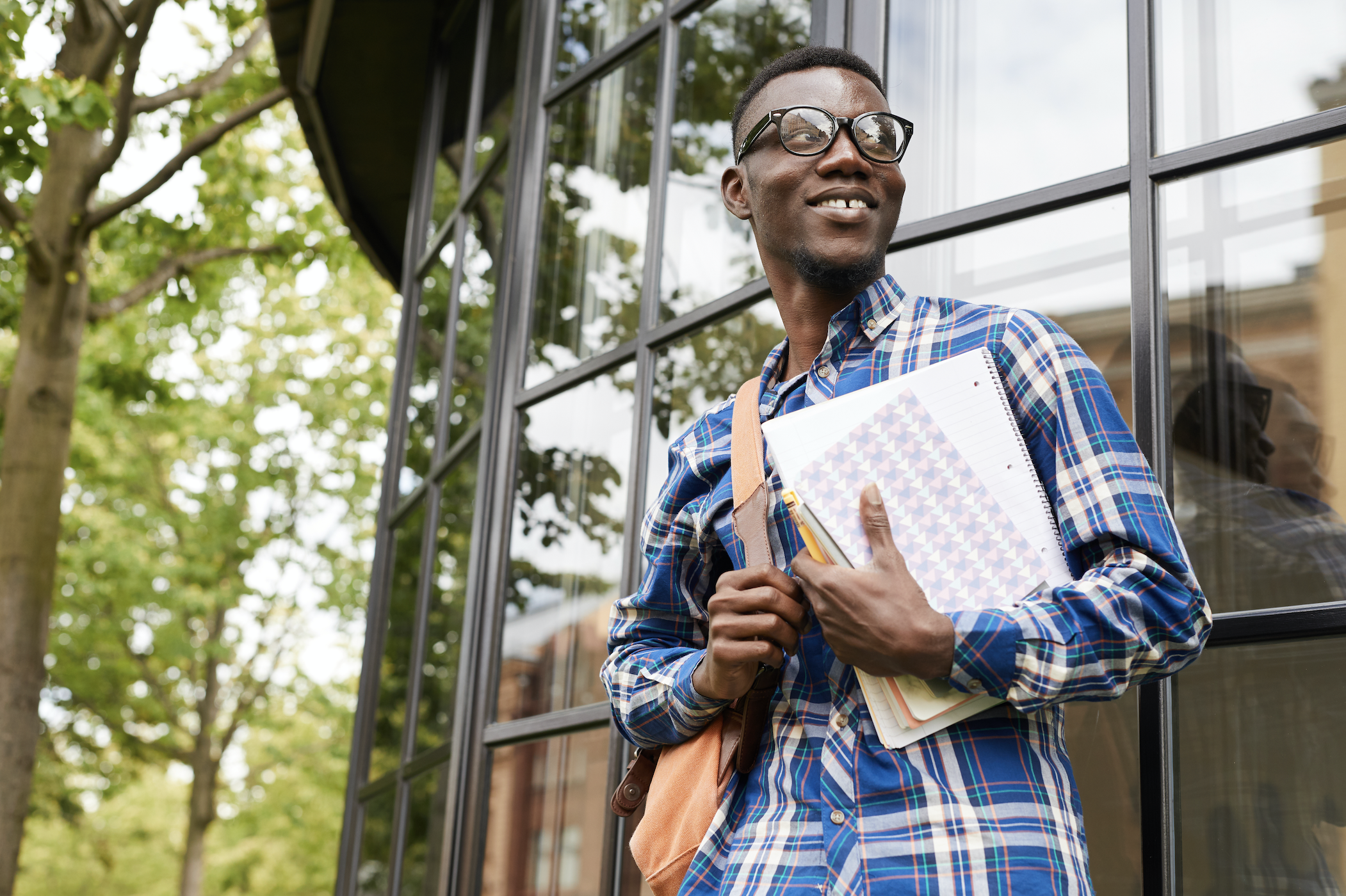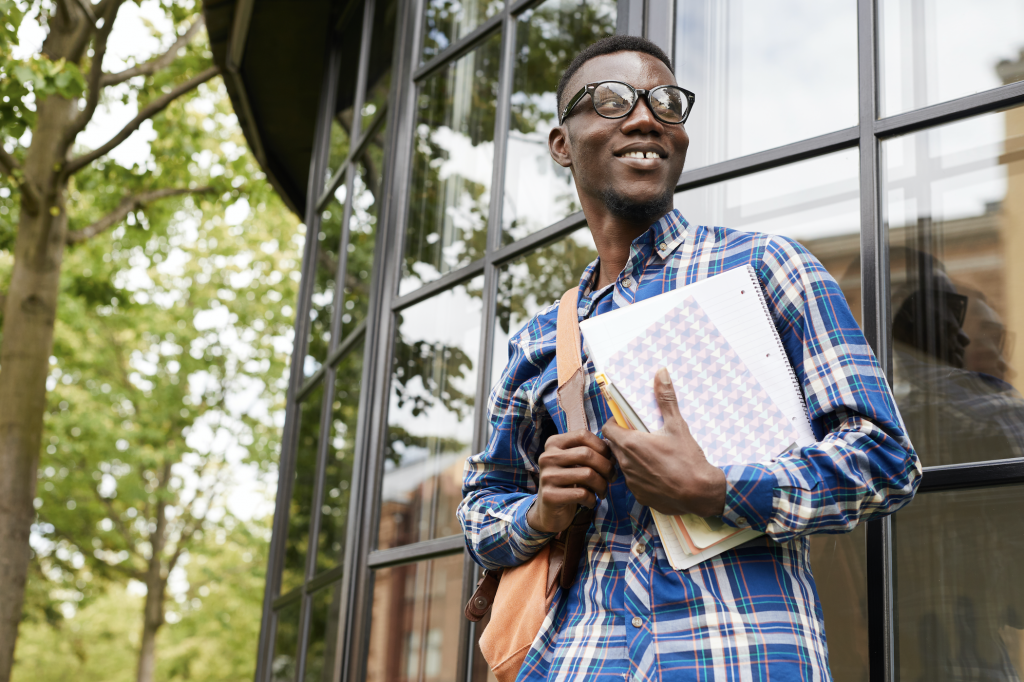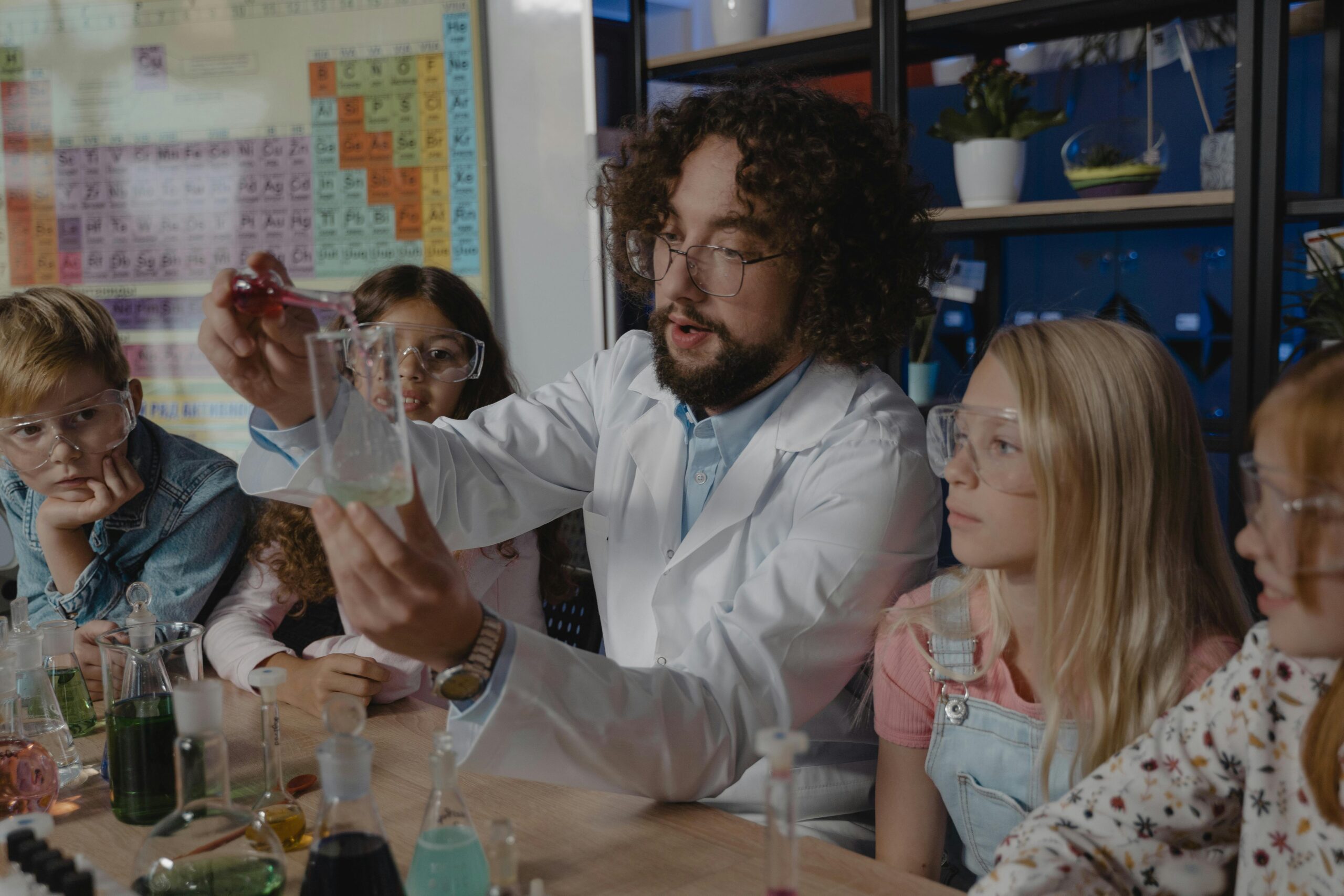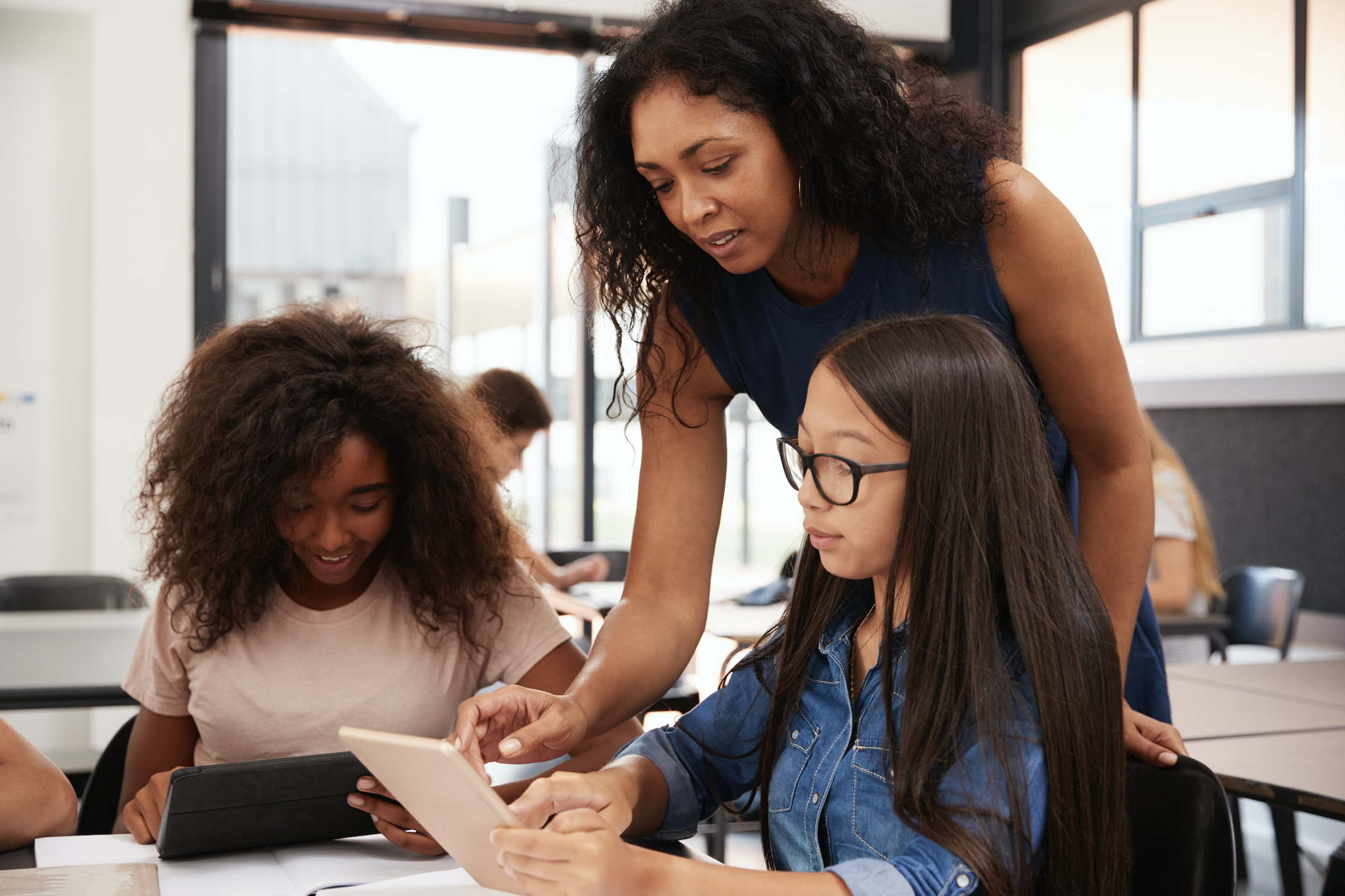
Helping Generation Z Use Self-Awareness to Create Self-Confidence
It didn’t take long for people to recognize that Babe Ruth was a special athlete. The Sultan of Swat was a natural baseball player, better at hitting and pitching than most ballplayers in his time. In fact, at one point, a researcher from Columbia University coaxed him to undergo an experiment that would reveal what made him so different. Ruth had his eyes, ears, brain, and body tested to uncover the secrets to his success in order to help general managers spot the next superior player coming along.
The tests revealed the fact that Ruth functioned at 90 percent efficiency compared to the human average of 60 percent. His eyes were excellent and operated about 12 percent faster than those of the average human being. His ears functioned at least 10 percent faster than those of the ordinary man. His nerves were steadier than 499 out of 500 persons.
Needless to say, Babe Ruth was a confident man. It was not uncommon for him to step up to the plate and point his bat toward the right field fence, indicating he was about to hit a pitch over that particular spot. And sometimes he’d do exactly that — smack a home run where he had pointed. And while his eyes, ears, and reaction time were better than most people, what made George Herman Ruth so special was his confidence. He performed at a high level because his confidence enabled him to do so. Those tests at Columbia only confirmed what he believed about himself. In fact, afterward, Ruth performed with even greater confidence. Science backed his belief.
Sadly, I know very intelligent and talented students who don’t perform well because they lack confidence. They don’t see their potential. Why not?

The Connection Between Self-Awareness and Self-Confidence
Countless times, I’ve looked at a poor performing student and said, “Oh if you could only see what I see.” That was the problem. They couldn’t see their potential. One of the reasons I’m so passionate about building self-awareness in students is because it’s usually connected to their self-confidence.
Millions of students today project self-confidence, but it’s fragile, fake, and temporary, built off of the “likes” or “shares” others have given them on social media. When their confidence is genuinely tested, it disintegrates. You can spot this yourself if you observe how quickly they remove a post on social media when they don’t get many “likes.” They become embarrassed by it. Authentic self-confidence emerges when students become keenly aware of who they are — including their strengths and weaknesses, their personality, their skills, and the value they bring when they join a team. Only when a person understands who they are can they really embody the confidence that comes from fastening self-esteem with reality.
Babe Ruth was successful because he knew who he was.
The process is usually a three-step journey:
- Awareness. We become aware of who we are, what we have, what we don’t, where we fit into the big picture, and how we come across to others.
- Acceptance. We grow content with who we are, embracing our hardwiring and recognizing we must focus on our strengths but acknowledge our weaknesses.
- Confidence. We eventually emerge confident in our identity liberated from the stress of pretending to be someone else and using our strengths for good.
Both adults and students must beware, however, there are counterfeits of each of these. Most teens assume they’re self-aware until they get a wake-up call from a friend or enemy who reveals they really aren’t. Teens can “fake” self-acceptance, by making all kinds of cosmetic changes to their appearance or by acting out in public, claiming they’re simply being “themselves.” In reality, these are often attention-seeking behaviors of teens who are crying out for acceptance and belonging from others. And they can project self-confidence (as I mentioned above) but in reality, lack it internally. It is an act of self-betrayal, yearning so much to feel self-assured when in reality, they’re anxious, even scared or worse — crippled, by their inadequacies. Years ago when I taught high school students, Shelly was in my class one year. She was more bold and brash than any of her peers, testing others to compete with her on any level. Along the way, her classmates recognized Shelly wasn’t really confident at all — it was a wishful act and futile attempt on her part. Unfortunately, her behavior unwittingly pushed people away. Most classmates would not befriend her.
I sat down with Shelly after school one day to talk. When the moment was right and the environment felt safe, I began asking her questions:
- Did she know that her behavior was pushing other students away from her?
- Was she aware her style actually confused her peers causing them to avoid her?
Shelly assured me she didn’t care, but eventually, she became honest with me. She admitted she was lonely, lacked confidence and that her “style” was a coping mechanism. That day was a breakthrough for her. We began to meet weekly to work on her self-acceptance. Over a semester, Shelly was transformed. Yet it required her to shift her focus from behavior modification to internal transformation: self-awareness led to self-acceptance. The outcome in Shelly was genuine self-confidence.
Psychologist Brene Brown shared on a podcast with Tim Ferriss, “I don’t think you can truly change for the better — in a lasting, meaningful way — unless it is driven by self-acceptance… Lasting, meaningful change has to be driven by self-acceptance.”
The Journey of Self-Acceptance
When students stop trying to project self-confidence and embrace self-acceptance, their natural confidence grows. It’s organic, not synthetic. Some stepping stones on this journey for students are:
1. Find safe people to help you grow emotionally secure
Only when students find a safe place to talk will they become transparent and feel like they can be vulnerable enough to practice self-disclosure. Emotional security is a prerequisite for most teens to practice self-awareness and later self-acceptance. Further, they usually require someone to go first — to initiate self-disclosure and acknowledge mistakes and weaknesses. Belonging actually works from the outside in.
2. Complete self-assessments to discover hidden qualities about yourself
“If you want to boost your self-confidence you need to interrogate those aspects of yourself that you cannot fully accept. It is only by embracing both the good and the not-so-good qualities that we can begin to have a more positive sense of self,” writes Laura Porecca. I suggest taking some self-assessments, such as the Myers-Briggs Temperament Indicator (MBTI), the Enneagram Assessment, the DISC Profile, the Gallup StrengthsQuest, or any indicator like this to begin uncovering personality traits.
3. Pair up and play this game
Our team at Growing Leaders has played a little game we learned from my friend, author Jeff Henderson. It’s called: “What’s It Like to Be On the Other Side of Me?” Two people meet in a quiet place and ask each other this question. The more you play the game, the safer both people feel to open up and help the other recognize how they come across to others and who they really are.
4. Remind yourself of your unique strengths and abilities
This sounds cliche, but even adults fall into the comparison trap. Our sense of confidence is damaged when we compare our worst features to someone else’s best features. It is a trap. You will seldom become confident if you’re constantly comparing yourself to others. Instead, focus on discovering what you do better than most people and recognize that as an outstanding feature: something that can add genuine value to a team. My parents did this for me as a kid. Once I got cut from the basketball team and my mother gently reminded me of a skill set I had that stood out. Focusing on graphic design and artwork carried me through that season. Enough said.
5. Learn to both listen and talk to yourself
As a teen, it is important for students to learn to listen to their emotions and identify them. Feelings are meant to be felt. It is part of the self-awareness process. However, they must couple this with learning to talk to themselves, telling themselves the truth about who they are, even when that means it runs counter to how they feel at the moment. Students will mature into solid adults if they develop the ability to affirm themselves truthfully.
6. Give yourself permission to fail
This step may be the toughest of all. Failure is a four-letter word to most students today. Along with feeling FOMO (Fear Of Missing Out) they feel FOMU (Fear Of Messing Up.) Make this a constructive challenge: try something you’ve never done before and risk falling down or failing at the new venture. Once it’s past, you generally realize it wasn’t the end of the world, and you not only survived but learned something from it. This usually enables someone to see the need for change, but now, the courage to make that change is present.
In the end, confidence is a byproduct of awareness and acceptance. Just ask Babe Ruth. I recently told an 18-year-old student this story and then pointed out: “People will believe about you what you believe about you.” This is the beginning of social and emotional intelligence.






